Aislinn Ó'hEocha – Executive Artistic Director, Barboró
A former manager with Glór Theatre and former Artistic Director of The Source Arts Centre, Thurles, Aislinn recently joined Baboró International Arts Festival for Children as Executive Artistic Director.
More from...
Can you tell us about your background?
I'm from Galway originally, from Dangan. I grew up here and I went to NUI Galway, studied Arts - Italian and Economics and then studied in Aberdeen after that in Scotland. I did a Masters there in European Policy Law and Management, and took myself off travelling through Asia and Australia. When I came back to Ireland, I spent a while working in Galway and Dublin, in various different industries - international banking, development banking and the software industry, but I was always drawn to the arts. I had grown up with the arts and so I hit a point where I said, 'Right, I just need to change course here', and so I began working in event management - I started off with MCD in Slane 2001 working on U2's Elevation Tour concerts, so spent a month working in a muddy field, which was great fun. I joined Glór in Ennis as marketing manager, then became general manager with responsibility for programming. So I went to Ennis for a year and spent almost ten there as you do. I really enjoyed that. After that I joined the Source Arts Centre in Thurles as artistic director - it was really challenging, but really enjoyable. And now I've come back to Galway!
Was this always the plan, to come back?
Well certainly in the last number of years. There's always a pull back. It's been so stark - the realisation of how lucky I am and how lucky Galway is to have what we have, having worked in small regional towns that are not very well served in the arts and don't have a developed audience. We really are so lucky to have so much going on in Galway and I feel very privileged to live here.
What drew you to Baboró?
I worked with Baboró as venue manager in 2001, which was Lali Morris' first festival as director. I just loved it - the work, the reaction of children in the audience. Almost 400 children going wild - shouting at the stage and jumping up and dancing. It was just phenomenal - it blew me away. That and meeting Lali - she is just so passionate about children's work and children being valued as whole people in terms of an audience - not being a second rate audience. That always stayed with me, and since then I've worked on some children's programming through my previous work. So the interest was always there - it was personally a good time for me and my family to consider moving back to Galway. When the job came up, I went for it straight away - there was no hesitation.
What does such a platform bring to the lives of young children?
I think it's such a rich experience for children to engage with the arts at a young age. I believe that creative engagement helps children to think outside the box, find alternative solutions and opens their minds, broadening their minds to possibilities. That and just the simple joy of watching people perform. People are creating, devising, writing and designing the most innovative of work for children and it has to be innovative. They're the harshest critics; you'll know straight away if children don't engage with your work or don't like your work. It's a beautiful thing to see children engage with the arts. Particularly now, in all of our busy lives, there are so many things competing for our attention, so having a child engage with a live performance is something to be encouraged. Galway children are very lucky to have the festival. Access to the arts is a children's right and shouldn't be a privilege.
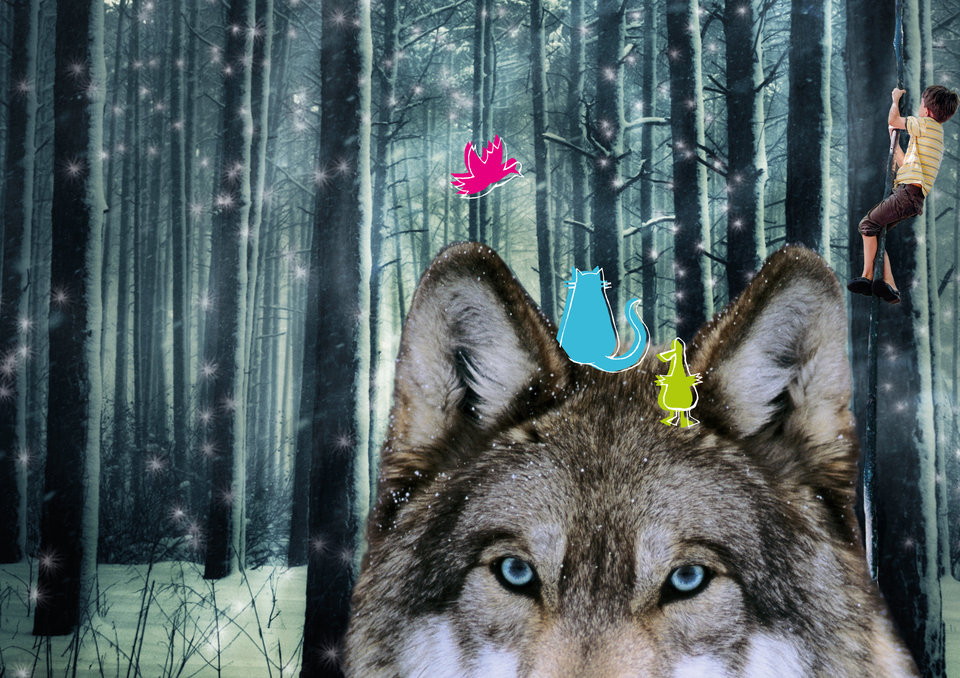
How's your new role going so far?
It's been a whirlwind really. I've joined a great team who are fantastic to work with. It's a small, core team - three full-time all year round, and it expands as you get closer to the festival. They're just really able and really fun - they've been very kind to me and very welcoming. Those involved in the festival are very passionate about what they're doing and come back every year, whether they're people who work with the organisation or volunteer. So it's been a lovely introduction, a lovely way to work. There have been a lot of changes this year; Lali worked with Baboró for 14 years, she was involved in the festival from the very beginning and Teenagh was there for nine years, so there's been a lot of changes this year. Teenagh's recent illness and passing were so rapid, we're all still in shock really, she is a big loss to the team.
How would you describe yourself?
I'm honest. I'm sincere. I'm loyal; I'm loyal to people that I work with, I'm loyal to friends. I'm a fair person. I'm quite open to new possibilities. It does take a while to get to know me and some people might think I'm a bit reserved, but I just take a little while to open up to people. I'm quite driven really, when it comes to work or even taking on new projects. Not that I do much sport any more, but I used to sail competitively, I used to surf. When I get into things, I get into them.
I'm also very grateful; I really am. I think, particularly with everything that's happening very close to us in Africa and Europe, I'm just really grateful that by some chance, I was born on this island. That's a very stark reality. It's something that really struck me this year - for my children and my family - and it's purely down to luck of some kind that we end up in one place and not another.
What is it that drives you?
I'm ambitious; when I do something, I like to do it well. I take a huge ownership; I feel a sense of responsibility. It feels like a privileged position, being Artistic Director of Baboró so I like to ensure that I do the best possible job that I can. Likewise, with my family and with my children. Although you probably know yourself from having young children, you're constantly trying to balance that.
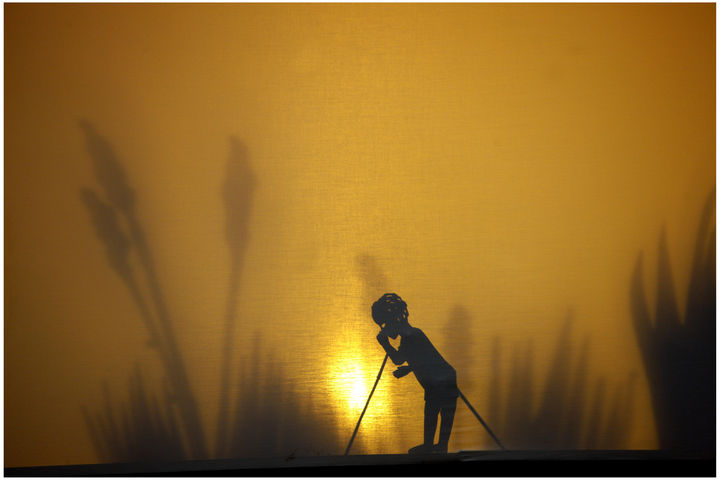
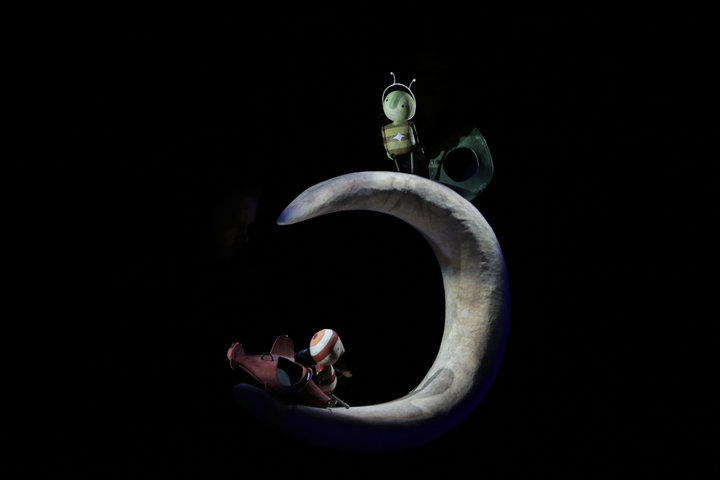
How does art and culture influence your daily life?
Hugely. I think it influences all of us whether we know it or not. Culture comes in many different forms. If you're going out to eat in a restaurant, you're partaking in culture or whether you're cooking a dish at home. Art has always been a part of my life; I was very lucky to grow up in quite an artistic household. My parents weren't artists, but they always appreciated and enjoyed the arts, so I was exposed to music, concerts, the theatre - there were a lot of books around, so I was very lucky in that regard. But it's in all our lives whether we recognise it or not.
Who or what have been your greatest influences?
It's kind of clichéd, but my parents definitely had a big influence on me. They were very involved in Galway life; they were very kind people, very open, really ahead of their time in some ways. They travelled a lot, so they had a very broad view of the world. And Galway really influenced me - that's what drew me back, as well. It's a very unique place to grow up. It's a small town, but it always has its eye on Europe, on the States and on outside influences through the festivals and the university, it's always been drawing people in from abroad. That really influences the city and really influenced me growing up too.
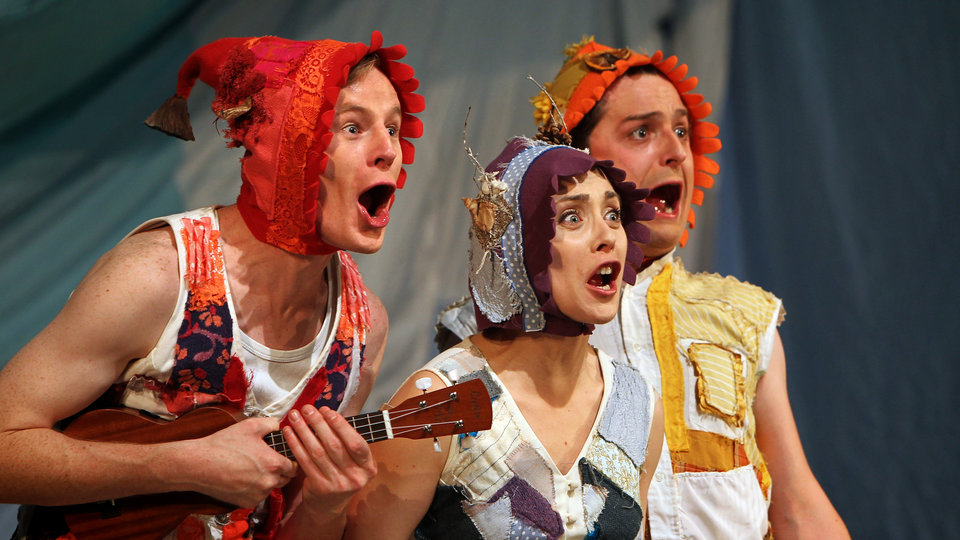
Your greatest achievement so far?
I suppose it's a bit corny, but my personal life, my family. I have two gorgeous kids, a fantastic husband. Professionally so far, probably the Source Arts Centre - a beautiful, architecturally award-winning space in a very small, very rural town in Co Tipperary. I really enjoyed the challenge of building the programme, developing the audience there and we got funding for a curator in residence and so developed a visual art programme in a beautiful gallery. So things like that - small impacts along the way.
Your favourite cultural city or place in the world?
There are loads, but I suppose one that stands out culturally is Edinburgh. I lived in Aberdeen for a while, but I used to spend a lot of time in Edinburgh and lived there for a short time. I still love going back there. There's always something going on. With the Edinburgh Fringe Festival, I love that you can come across some gems, and I love how they use every nook and cranny in the city and very unusual spaces as venues. And the Scots have a great sense of humour - they're great fun. So it's got a good balance of culture and art, but they don't take themselves too seriously.
How important is Galway's culture to the city?
Culture is such an important part of Galway's make-up; it's what makes Galway unique and a great place to live. It's also a great place to hold a festival. It's walkable, it's easy to get around. What I found amazing in coming back to Galway is the cultural drive that has been on, mainly due to the Galway 2020 bid. I've been meeting a huge amount of people who are working together and sharing - that's a real strength in Galway. You really notice that coming from working in a small rural town where you're really working in isolation. I've found a huge support from people working in other areas of the arts since I've come and it's really positive. But certainly working in the arts and working as an artist in Galway is still very difficult - that's something we need to be mindful of in terms of recognizing the value of the arts and artists. The Galway 2020 European Capital of Culture Bid is a huge opportunity for all of us.
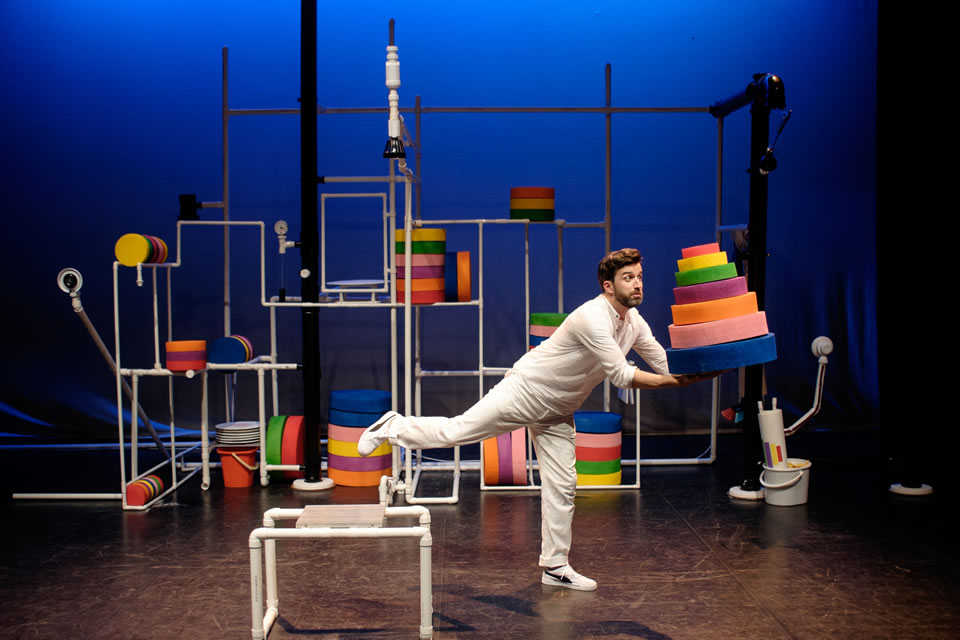
What would you like to see happening?
I think there are glaring omissions in terms of the infrastructure - in terms of a dedicated gallery, creative spaces. A children's creativity centre is something that would be high on my list. Somewhere that's very accessible, very open, perhaps with a number of partners. Somewhere that children and families and schools could come and engage with the arts, not only with performance but with making, with exploring. It would be a place where artists and companies working with younger children could develop and explore their art forms in a supported way. It's somewhere we could invite international partners and people in best practice to come so there'd be professional development opportunities for artists. For example, you could have a visiting dance artist from Helsinki who would come and run a workshop for dancers who are then feeding back into schools. I just think we should be having that kind of exposure and thought given to the arts for children.
I often think about looking at the city from a five-year-old's perspective, looking up. It would be interesting to turn it on its head give a little bit more thought to children using the city. I think it was Martin Drury who talked about a five-year-old not being a quarter of a 20-year-old, but being a five-year-old. I think it's really important to view children in that way and to not underestimate them and not to under provide for them culturally.
They are our future leaders, they're our future teachers, they're our future doctors. Giving them space to explore their creativity and their empathy and their view of the world and broadening that view would be amazing. There are places out there in different parts of the world where that is explored and it's something that Galway could explore. BEAST!, the arts and education project Baboró was partnered with NUIG on, looked at the effect that teaching through creativity has. The teachers found it more challenging, more fun, more engaging in terms of teaching, but likewise with the children. It just shows that with some emphasis and some thought, teaching and developing children through the arts can be a lot more rewarding for everybody and at the end of the day, for society in general.
- Garry Hynes - Previous
- Next - Olaf Tyaransen